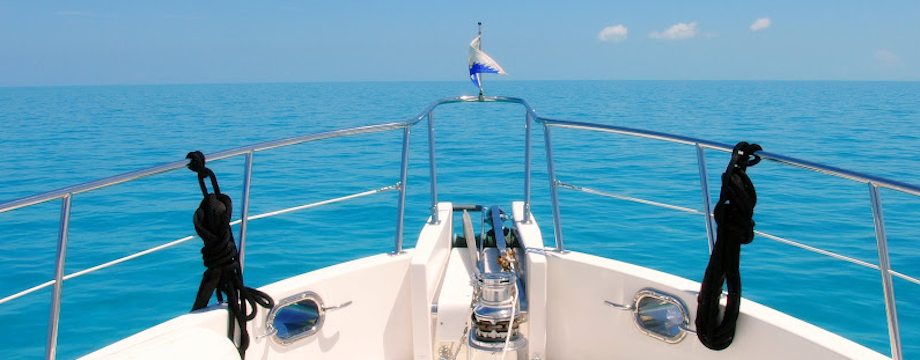Situation Awareness an article by Derek Humble
This report (part one of two) comes from Security Driver News
This is the first of two articles by Derek Humble. Derek is a transplanted British security professional currently living in Toronto, Canada. After a career in the British Military he took a position with a large Canadian security provider operating a specialized department offering corporate protective services to Canada’s elite. In 1988 Derek decided to incorporate his own business that he named The Anvil Group.
The Anvil Group Inc under Derek’s guidance ran operations in Canada and around the world with operations in North, Central and South America as well as Europe. Derek has run numerous versions of secure driver programs around the world specifically Moscow, Chicago, Mexico City and London to name a few. He is a long time friend, and was an early graduate of the old Scotti School of Defensive Driving and has constantly strived to study the cerebral aspects to protective driving as much as the physical practical side of the business.
Currently Derek consults with companies on matters of personal protection, risk management and travel risk assessments. His company is NEMESIS CONSULTING Derek’s email dhumble@nemesisinfo.com
“Situation Awareness” Just a catch phrase or a vitally useful tactic? Part 1The phrase “Situation Awareness” has gradually entered the lexicon of security trainers and is seen in text books as an almost throw away line when talking about anything from driving the CEO in their day-to-day lives or driving down Route Irish. However few of those using this important term truly understand what is meant by being “Situation Aware” or even where that phase derives from.
“Situation Awareness”, as a catch phrase, owes its birth to the very steep learning curve experienced by the Brits in the very difficult war against terrorists, both Republican and Loyalist, in Northern Ireland and the British mainland. As with all counter insurgency situations survival lessons must be learnt faster than the terrorists learn theirs. Staying ahead of the insurgent’s tactical learning curve means keeping friendly forces alive long enough to slow the enemy successes. This has been a core requirement in all counter insurgency wars since WW2. As the threat changes and increases so must the counter tactics to those dangers. Those immersed in facing a competent enemy, such as Irish, Iraqi, or Afghan insurgents or even the ordinary criminal element must developed training tactics that were/are meaningful, sensible. They must also be easy to learn and understand but most of all there is a need for tactical sustainability.
Whether the protector is in the military, law enforcement, government security, or in private sector protection, training is always budget, time and resource sensitive. Even those with significant budgets struggle with the needs of those on the leading edge of the battle. Physical skills taught need regular practice, areas needed for training are difficult to find and staff are often too busy with operations to be released to retrain. Situation Awareness is a tool that addresses the inability of operational personnel to regularly retrain and refresh to meet the required standards. How often have operational staff laughed when told that they need to re-qualify on a regular basis.
The maxim of “it is impossible to protect everyone, everywhere all the time from everything” has never been truer than it is now in the year 2010. A large part of the protective battle is to understand the “alert level requirement” to know this increases the sustainability of any protective task. High Risk situations (Route Irish) can be adrenalin demanding and then draining to the body. Intensive concentration is exhausting and in most cases a high state of awareness cannot be maintained for periods of hours let alone days, without a serious degradation in effectiveness. This alert level recognition and adoption is the age old difference between the veteran and the “new guy”. Boredom is equally debilitating and long periods of inactivity will have an equally negative effect on the need for a competent and timely reaction to incidents. The true protection professional needs to be able understand when to “up their game” and equally “when to safely relax” To arrive at this ultimate and enviable mental state is the aim of being “Situation Awareness”
All of the skills required to properly protect those at risk be they driving, shooting, first aid or intelligence gathering are secondary to the need to understand how to become, and stay, “Situation Aware”. All of the physical skills are of course important in the reactive phase of any protective assignment. However the best kind of protective skill will allow the protective practitioner to avoid discovering whether their shooting/medical skills are up to the mark by being “Situation Aware” and thus avoiding danger. Truly understanding where the risks are highest, what type of attack are likely , what tactics they prefer and how to detect and/or deter attacks will dramatically reduce need for using driving, shooting or fighting skills. The learning involved in this proactive approach is simple to understand and therefore easy to retain over lengthy periods of time. It can be constantly practiced, tested and modified in any operational environment. This is the approach that is truly sustainable. And this approach represents the one key element in surviving in the realities of day-to-day operations and/or daily duties. Being truly “Situation Aware” can be the protective equivalent of Zen the question is how to achieve it?
Applies to many situations in the maritime world – when to relax and let the autopilot take over, and when to amp up the senses and awareness.


